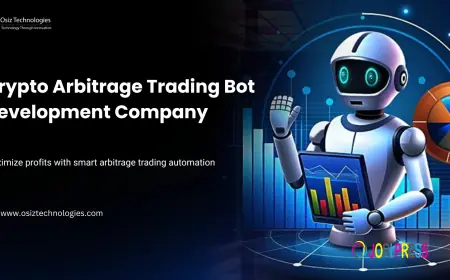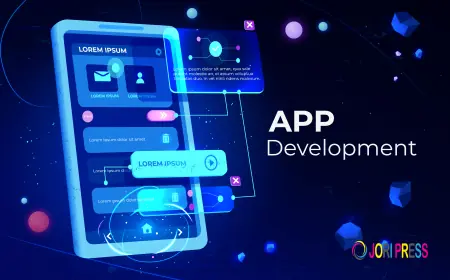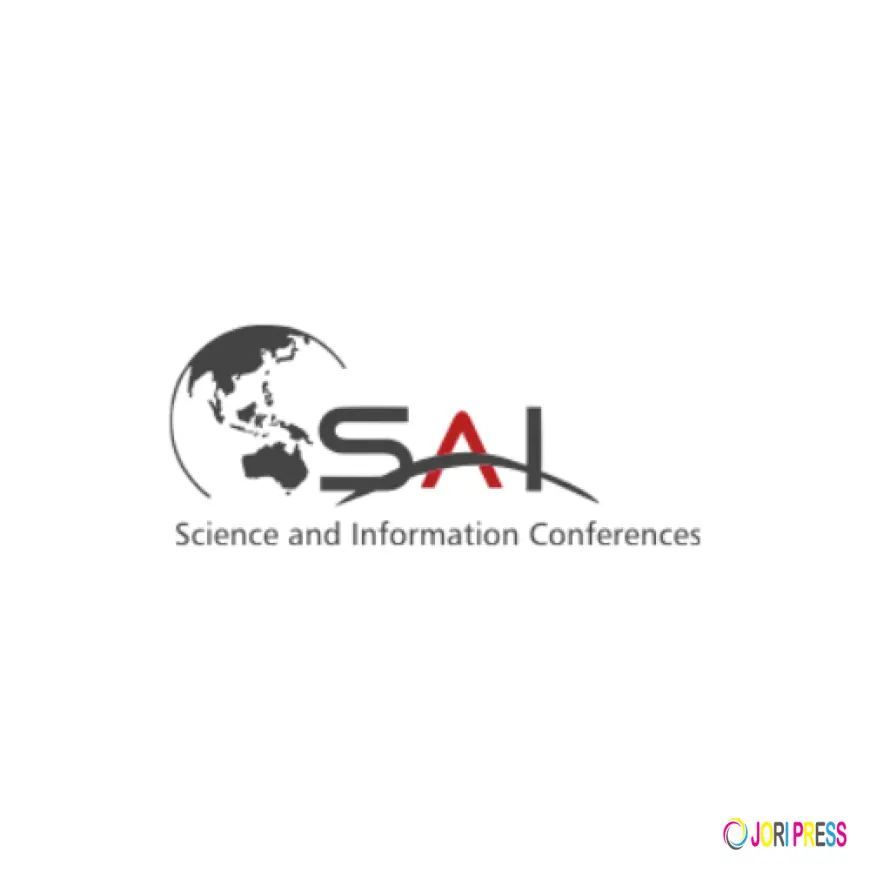Machine Learning Conferences: The Future of AI, Computer Vision, and Intelligent Systems
Introduction
In the last decade, artificial intelligence (AI) has transformed from a futuristic concept into a driving force behind innovation in almost every industry. From healthcare and education to finance and transportation, AI applications continue to push boundaries. One of the most exciting areas in this field is Machine Learning Conferences, where researchers, educators, and industry leaders gather to share ideas, discuss breakthroughs, and shape the future of intelligent systems.
Attending these conferences is not just about keeping up with trends—it’s about engaging with the latest in computer vision, machine learning, and intelligent systems. For students, educators, and professionals alike, these gatherings provide a front-row seat to the technological revolution unfolding before us.
Why Machine Learning Conferences Matter
Machine learning conferences serve as more than just networking hubs; they are global platforms for:
-
Knowledge Sharing – Experts present their latest research, offering insights into cutting-edge technologies like natural language processing (NLP), reinforcement learning, and generative AI.
-
Collaboration – Attendees gain opportunities to collaborate with peers across academia, industry, and government institutions.
-
Skill Development – Tutorials and workshops help participants sharpen their skills in areas such as algorithm optimization and data modeling.
-
Inspiration – Exposure to pioneering ideas and applications sparks creativity, motivating the next wave of innovation.
For instance, a healthcare-focused session at an AI conference might explore how machine learning models are improving early disease detection, making diagnosis faster and more accurate. Such insights empower professionals to translate research into real-world solutions.
Exploring Computer Vision: The Eyes of AI
One of the most discussed topics at modern AI conferences is computer vision. This branch of AI enables machines to interpret and process visual information, much like the human eye.
Applications of computer vision include:
-
Healthcare – Detecting tumors in medical imaging with higher precision.
-
Autonomous Vehicles – Enhancing navigation and safety through real-time visual recognition.
-
Retail – Streamlining customer experiences with automated checkouts and smart surveillance.
-
Agriculture – Monitoring crop health and optimizing yields with drone-based imagery.
At recent machine learning conferences, sessions dedicated to computer vision often showcase real-life applications, such as AI-driven systems that can analyze X-rays in seconds or agricultural robots capable of identifying weeds and applying precise treatments. For students and researchers, these case studies offer practical insights into how theoretical models are reshaping industries.
Intelligent Systems: Bridging Humans and Machines
Beyond algorithms and models, the ultimate goal of AI is to create intelligent systems—machines capable of learning, adapting, and interacting seamlessly with humans. Intelligent systems integrate machine learning, robotics, natural language processing, and more to solve complex problems.
Highlights from intelligent systems discussions at conferences include:
-
Smart Assistants – AI companions that learn user behavior and provide personalized support.
-
Industry 4.0 – Intelligent systems managing manufacturing processes with efficiency and safety.
-
Smart Cities – AI-powered urban planning for energy conservation, transportation management, and public safety.
These systems are not just about automation; they are about augmenting human capability. At machine learning conferences, educators and students gain exposure to projects that demonstrate the societal impact of intelligent systems, such as AI-powered disaster management tools or education-focused chatbots that enhance learning experiences.
The Learning Experience: For Students and Educators
For students and teachers, attending AI conferences is an invaluable learning journey. Unlike traditional classrooms, these events combine theory with live demonstrations, interactive workshops, and panel discussions featuring global experts.
Benefits for students include:
-
Exposure to real-world projects beyond textbooks.
-
Networking opportunities with mentors and potential collaborators.
-
Insights into career pathways in AI, computer vision, and intelligent systems.
For educators:
-
Access to new teaching resources and research materials.
-
Opportunities to align academic programs with industry demands.
-
Platforms to present and share their own innovative work.
By bridging the gap between academia and industry, conferences serve as catalysts for advancing AI education and research.
Conclusion
Machine learning conferences are more than academic gatherings—they are incubators of ideas that shape the future of AI. From breakthroughs in computer vision to advancements in intelligent systems, these conferences provide fertile ground for learning, collaboration, and innovation. For students eager to build their careers, educators passionate about teaching, and professionals striving to stay ahead, these events are indispensable.
As AI continues to weave itself into the fabric of daily life, attending and contributing to these conferences ensures that we are not just passive observers of change, but active participants in designing the intelligent future.
Author Bio:
Sai Conference is a global conference dedicated to advancing knowledge in Artificial Intelligence, Computer Vision, and Intelligent Systems.
Organized by Sai Conference
? Date: 3-4 September 2026
? Venue: Joan Muyskenweg 101096 CJ Amsterdam, Netherlands
Mail: [email protected]
What's Your Reaction?
 Like
0
Like
0
 Dislike
0
Dislike
0
 Love
0
Love
0
 Funny
0
Funny
0
 Angry
0
Angry
0
 Sad
0
Sad
0
 Wow
0
Wow
0




























































